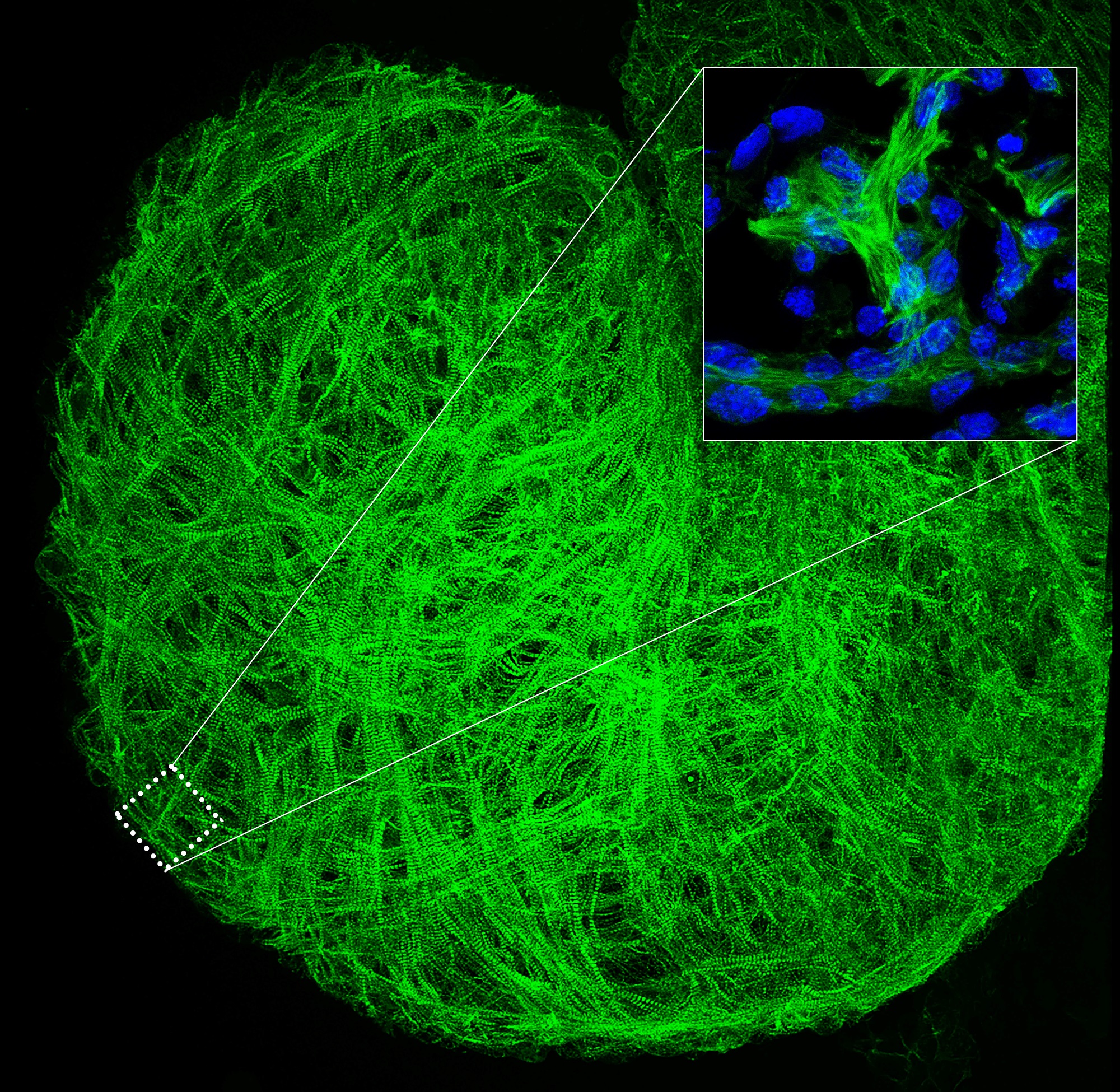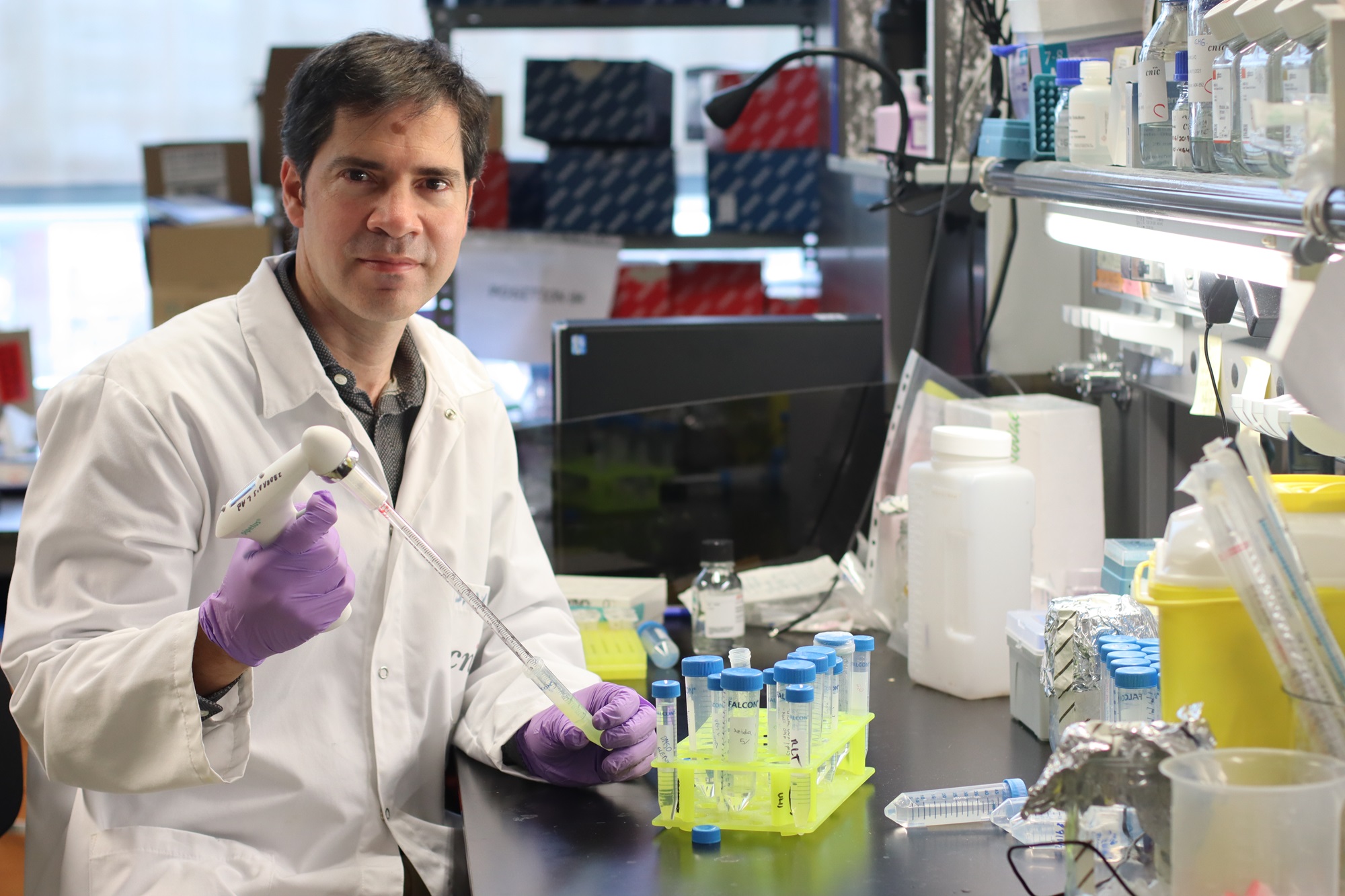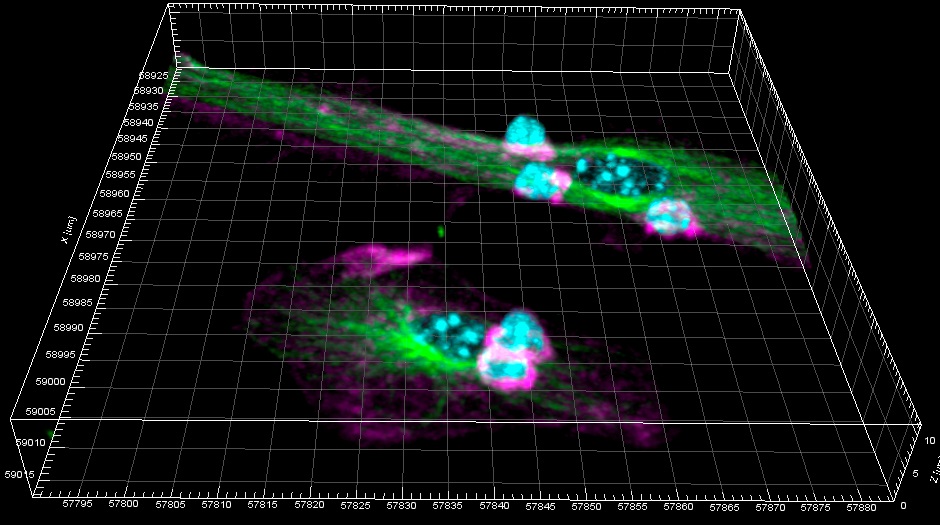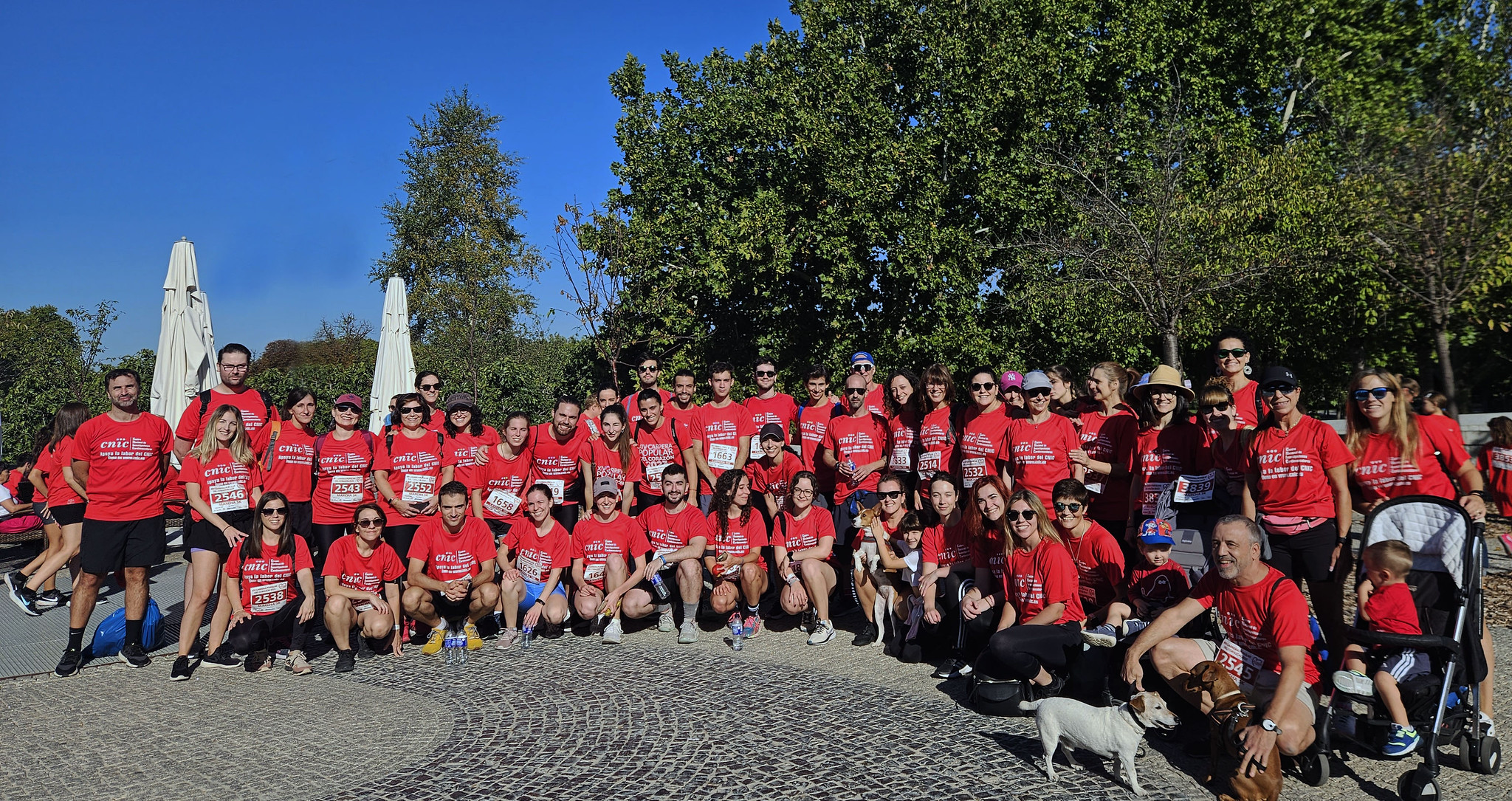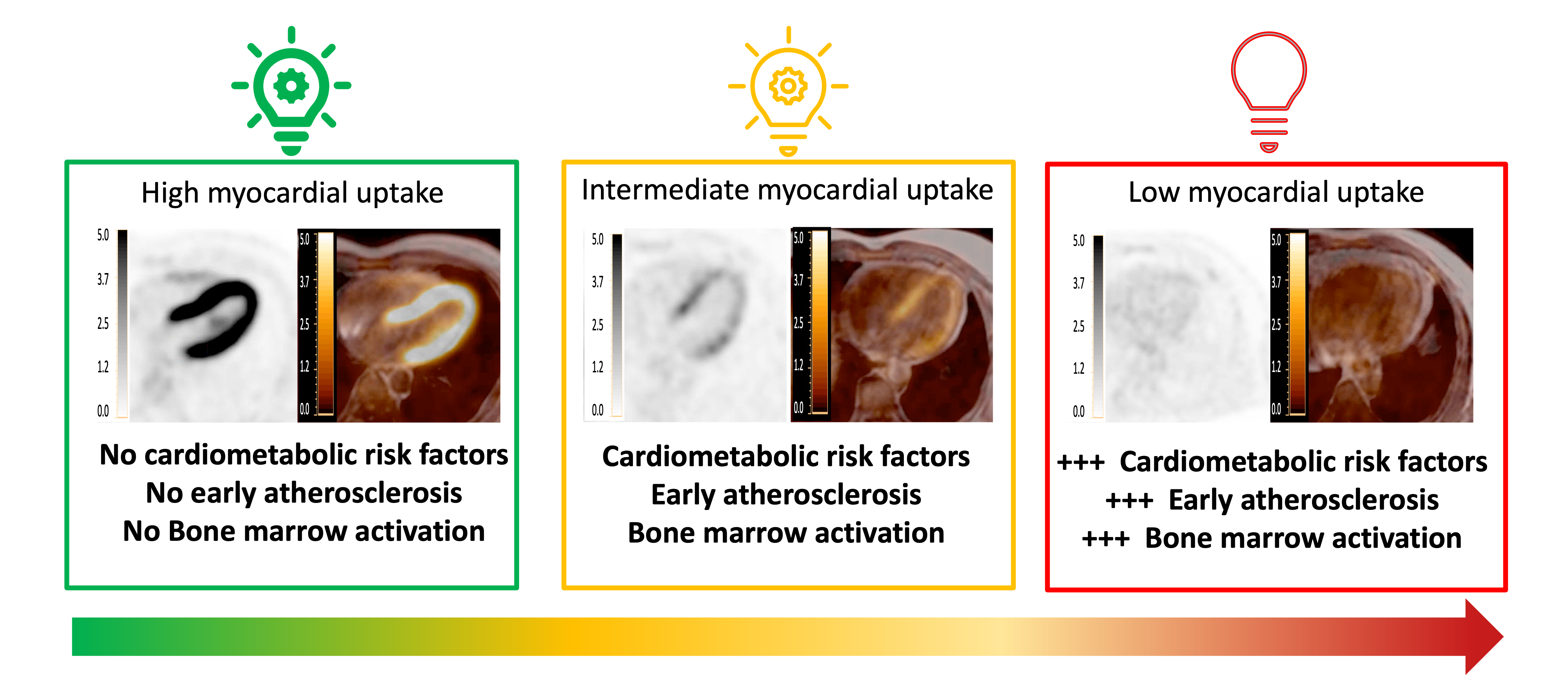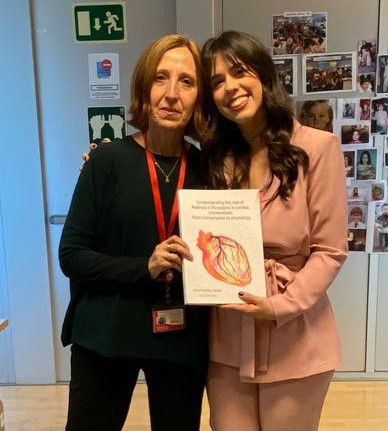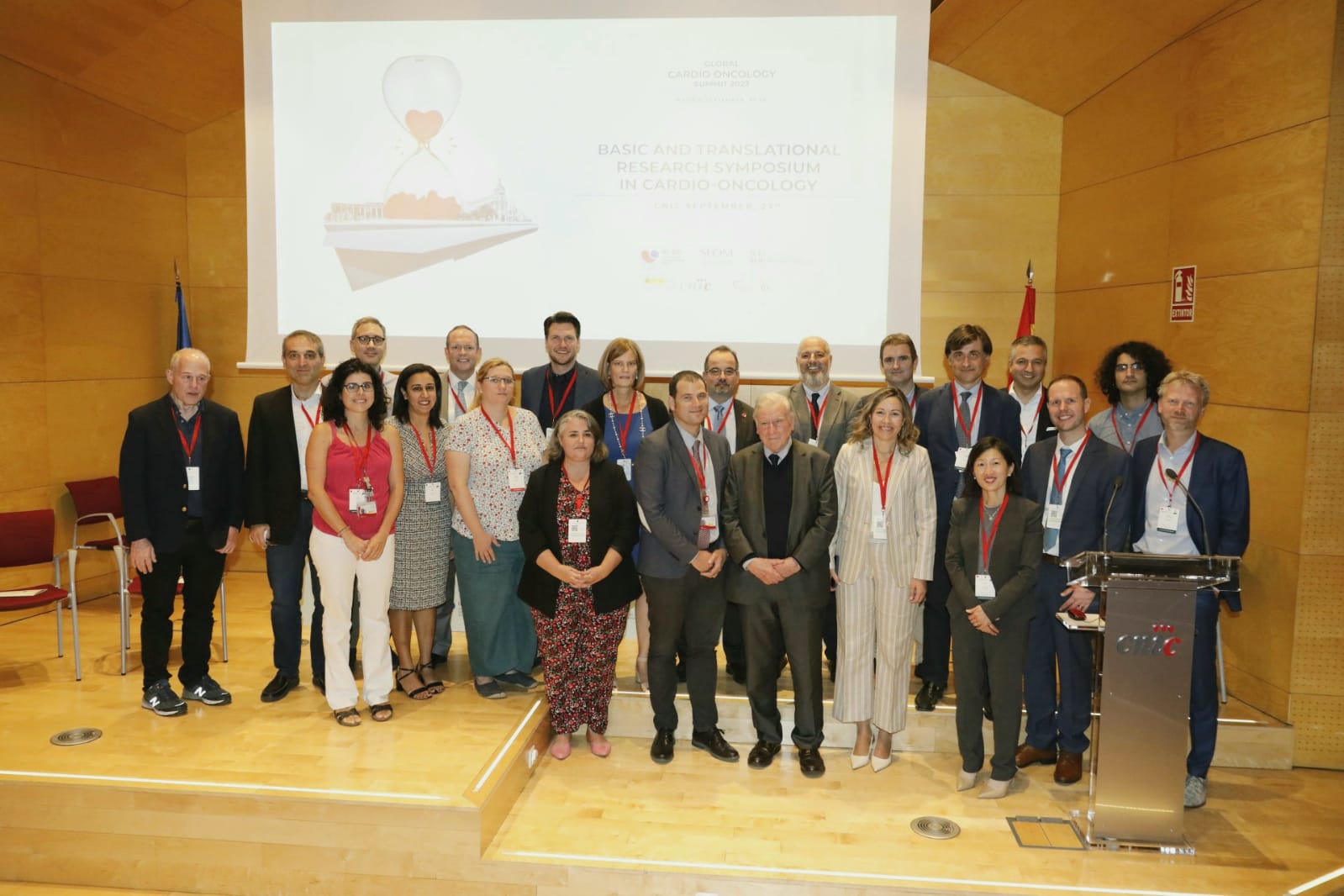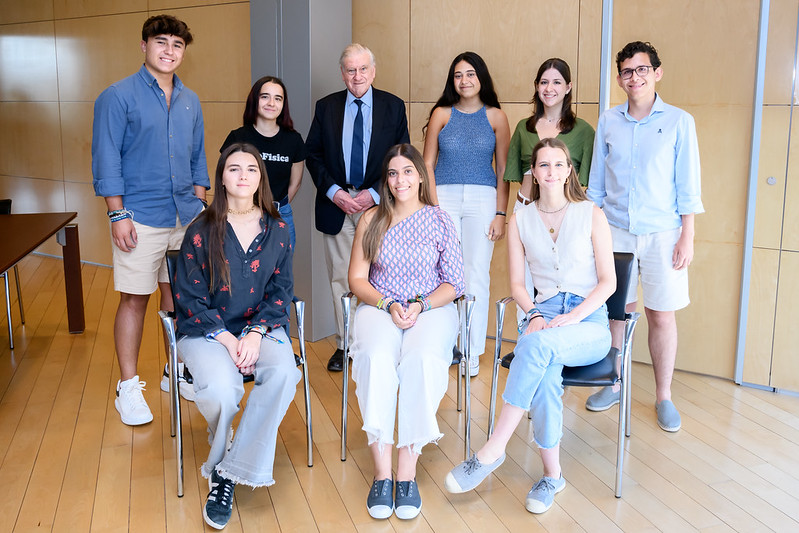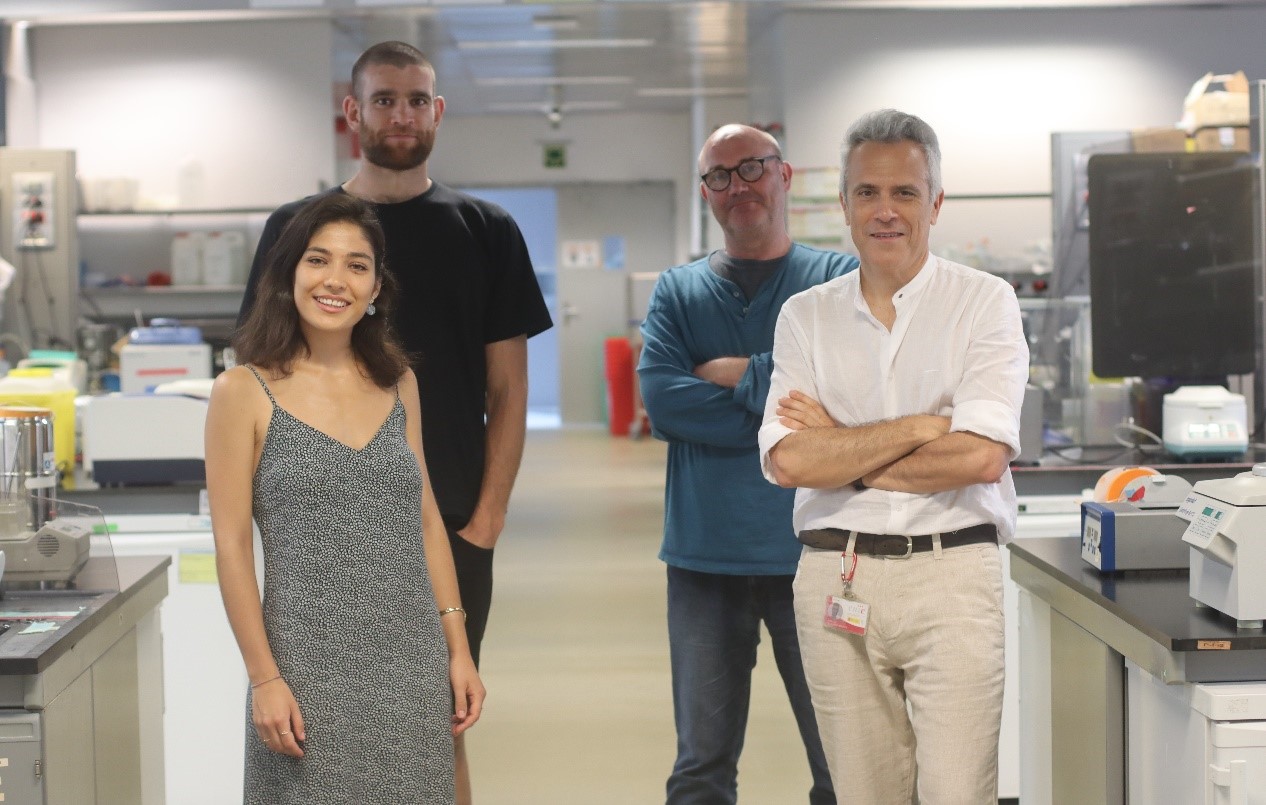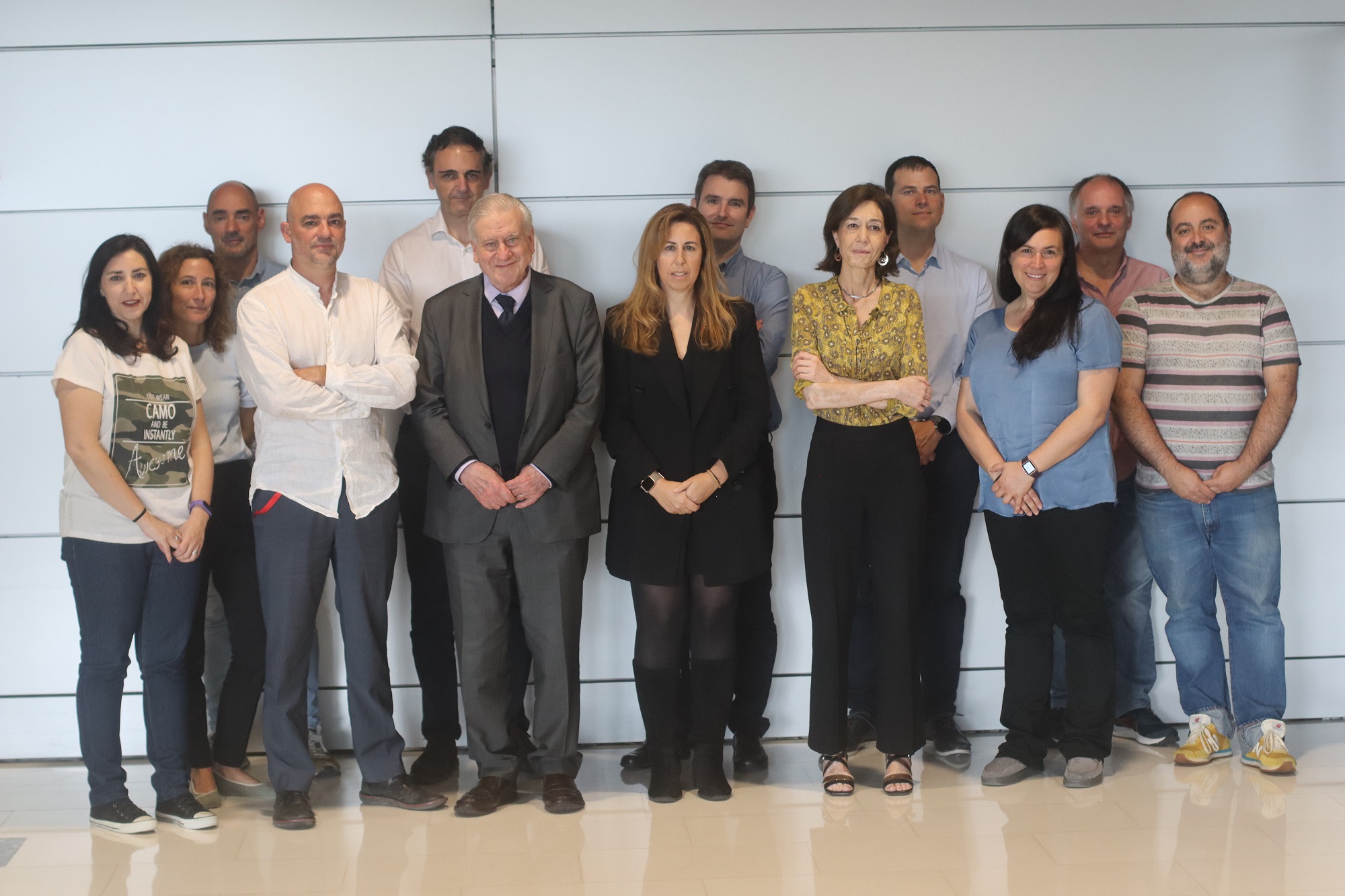News search
|
Research 10 Nov 2023 Neuregulin-1 (Nrg1) plays an essential role in the transformation of the heart from its delicate primordial structure into the powerful beating mature organ |
|
About the CNIC 31 Oct 2023 Dr Sancho heads the CNIC Immunobiology Laboratory, whose work focuses on research into the function of dendritic cells and macrophages, as key immune cells that modulate immunity and inflammation, and the use of these cells in immunotherapy in a wide range of diseases |
|
Research 26 Oct 2023 Scientists at the CNIC and Hospital de la Princesa-UAM have identified profound changes taking place in dendritic cells during antigen presentation to a lymphocyte via intimate contact called an immune synapse |
|
Research 2 Oct 2023 Scientists at the CNIC have discovered that metabolic cardiovascular risk factors diminish the capacity of the heart to use glucose as an energy source |
|
About the CNIC 29 Sep 2023 The Spanish National Centre for Cardiovascular Research (CNIC) researcher Dr Ana Paredes has won the International Birnstiel Award 2023 |
|
About the CNIC 27 Sep 2023 The International Cardio-Oncology Society (ICOS), the Spanish Society of Cardiology (SEC), the Spanish Society of Medical Oncology (SEOM) and the Spanish Society of Haematology and Hemotherapy (SEHH) organised the Global Cardio Oncology Summit 2023 between 27-30 September in Madrid. |
|
About the CNIC 8 Aug 2023 |
|
Research 5 Jul 2023 A multicenter study published in JAMA Cardiology and co-led by scientists at Hadassah Medical Center, Sheba Medical Center, and the CNIC could help in the design of future pharmacological treatments for bicuspid aortic valve |
|
Research 21 Jun 2023 A new CNIC study shows that low-grade systemic inflammation triggered by subcinical atherosclerosis accelerates epigenetic aging in otherwise healthy young individuals |
- ‹ previous
- 3 of 29
- next ›
